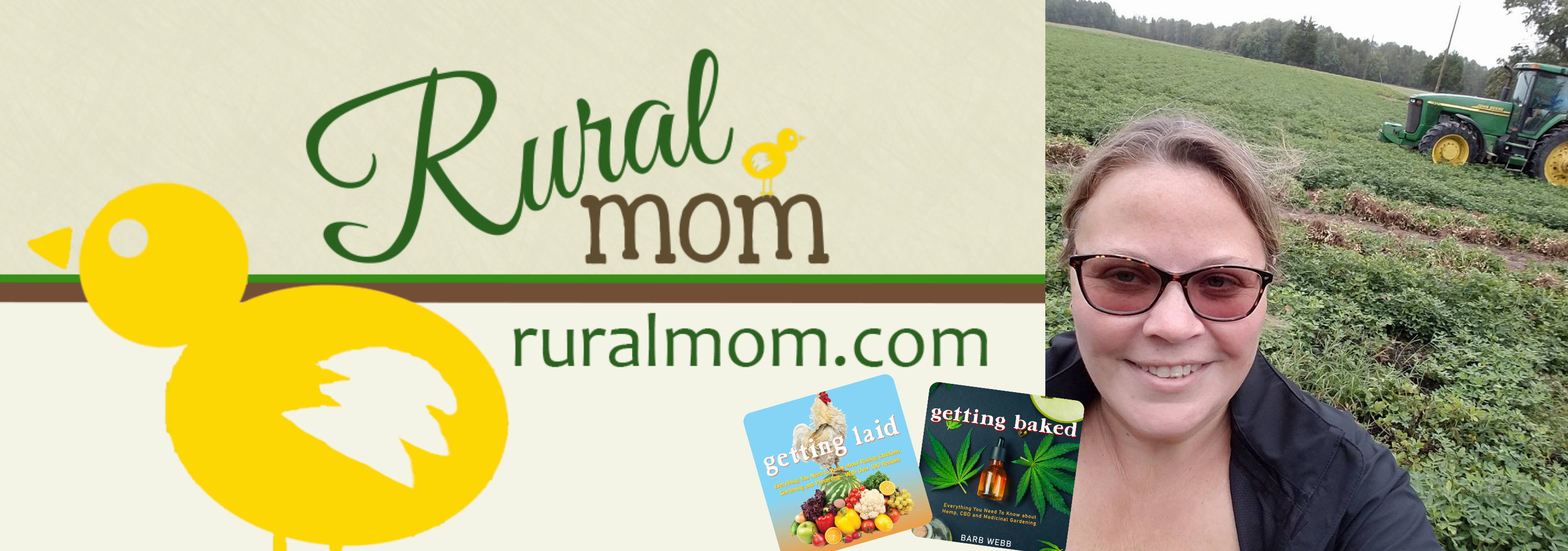Want to add charm to your front porch this season? Whether you have a sunny stoop or a shady covered area, you can enjoy vibrant, easy-care blooms with the right flowers and a few pro tips.
It’s easier than you think to create gorgeous pots with flowers like petunias, geraniums, and begonias. Let’s dig into flower selection, potting, care, and budget-friendly tips to help your porch pop with color and joy. Come grow with us!
Best Front Porch Flowers
These flowers are beginner-friendly, low-maintenance, and do well in containers:
Petunias
Sun-loving, bloom all season. Great for hanging baskets or pots. Deadhead for longer bloom time.
Geraniums
Thrive in pots! Prefer sun to partial shade. Water when topsoil feels dry.
Impatiens
Ideal for covered porches or shade. Consistent blooms in moist, well-drained soil. Don’t let them dry out completely!
Marigolds
Bright, cheerful, and pest-repelling. Need full sun (so best by a window or at the base of your porch. Excellent for steps and sunny porches.
Begonias
Do well in shade or filtered light. Prefer slightly humid environments. Good for covered or east-facing porches.
Calibrachoa (Million Bells)
Trailing plant with mini petunia-like blooms. Low maintenance, long blooming. Ideal for hanging containers.
Lavender
Aromatic and drought-tolerant. Loves sun and dry conditions. Needs well-drained pots.
Soil Matters!
When choosing potting soil for your front porch flowers, look for a mix that is lightweight and well-draining. The soil should feel fluffy, not dense or compacted, allowing roots to breathe and water to flow through easily. Good potting mixes often include ingredients like perlite, vermiculite, or pumice to enhance drainage and aeration.
Moisture retention is also important, but the soil shouldn’t stay soggy. Additives like coconut coir or peat moss help hold just the right amount of moisture to keep plants hydrated without drowning the roots. A quality mix will also have some built-in nutrition, often in the form of compost, worm castings, or slow-release fertilizer, to give your flowers a healthy start.Most container flowers prefer soil that’s pH-balanced, falling in the neutral to slightly acidic range (around 6.0 to 7.0).
You don’t have to mix your own soil. You’ll find plenty of great pre-mixed options at home and garden retailers like The Home Depot. Reputable brands will have this balance built in and will also ensure the mix is sterile—free from weed seeds, pests, and disease. Avoid using plain garden soil in pots, as it tends to be too heavy and may cause drainage problems or introduce unwanted organisms. Fresh, high-quality potting soil gives your flowers the best chance to thrive.
Important Tips for Beginners
Choose the Right Pot.
Make sure pots have drainage holes. Clay or terracotta pots are breathable and help prevent root rot.
Water Wisely.
Early morning watering is best. Most potted flowers need water when the top inch of soil feels dry.
Feed Your Flowers.
Use a slow-release fertilizer or water-soluble plant food every 2-4 weeks.
Location Matters.
Observe how much sun your porch gets. Full sun = 6+ hours/day. Shade-loving plants burn in direct sun.
Rotate Pots.
Give your plants even light exposure by rotating them every week.
Watch for Pests.
Check leaves regularly. Neem oil or insecticidal soap can help manage common pests.
Budgeting and Buying Advice
For your initial investment, expect to spend $25-$75 for a few pots, flowers, soil, and fertilizer. Start small and build up.
For beginners, buying starter plants (retail or local nursery) is more reliable than starting from seed.
Watch for spring garden sales and local plant swaps to save money.
Starting with flowers on your porch is a great way to build confidence and learn the basics of gardening. Stick with easy-care varieties and build a simple routine around watering, feeding, and observing. Most importantly: enjoy the beauty you create!
BONUS TIP: Keep a garden journal to track what works, what blooms best, and when to replant!
Discover more from Rural Mom
Subscribe to get the latest posts sent to your email.










